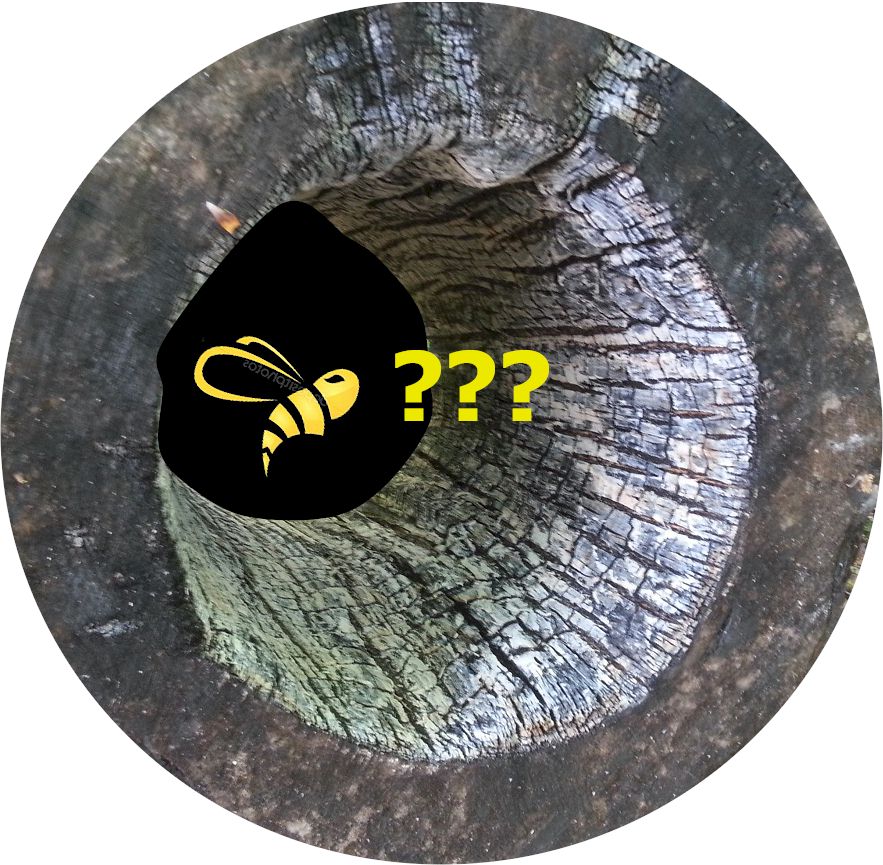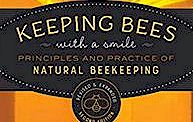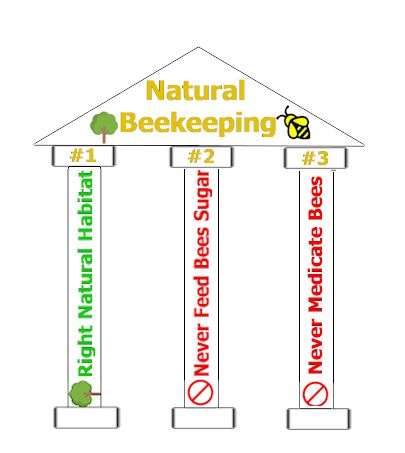


|
There are some self-declared purists of natural beekeeping who claim that keeping the honeybees in real tree logs rather than in man-made beehives is the only way to practice natural beekeeping. |

|
Instead of adopting the above off-the-wall definition of natural beekeeping, we'll stick with the modern Bible on natural beekeeping "Keeping Bees with the smile" by Lazutin. |

|
3 Pillars of Natural BeekeepingPillar #1 The Right Natural Habitat In the modern bestseller on natural beekeeping "Keeping bees with a smile", it states that the most important factor for successful natural beekeeping is having the Right Natural Habitat: clean unpolluted land and water, forests and meadows located far from agrochemical pollutants, the habitat that would provide the bees with rich Spring-to-Fall nectar/pollen resources. For successful natural beekeeping each bee colony needs at least 1 acre of such unpolluted natural habitat for foraging nectar and pollen. If any pre-historic tree log beehive is located anywhere close to conventional agricultural field filled with modern agrochemicals, such beekeeping quickly becomes very unnatural. Having the natural Right Habitat for the apiary is the main Pillar #1, the cornerstone of natural beekeeping. "Keeping Bees with a Smile" states that even a weak bee colony, regardless of hive design would prosper in an area with rich nectar and pollen, while the strongest bees would still fail in a nectar/pollen -poor region. It is exactly the Right Habitat that enables natural beekeepers to successfully use the rest of the established practices of natural beekeeping such as the remaining 2 Pillars of natural beekeeping: See multiple studies why the apiary needs to be miles away from conventional agricultural fields, etc. Pillar #2 Never Feed Sugar to Bees! Sugar only contains carbohydrates. Bees need vitamins and micronutrients from nectar, honey and pollen. Natural beekeepers make sure to save extra honey to feed bees. Note: to stop sugar-feeding, natural beekeepers need to have in place Pillar #1 -- The Right Natural Habitat. Pillar #3 Never Medicate Bees! Never use any chemical or acid or any oil treatments, no antibiotics or fungicides or acids. Strong locally adapted survivor bee colonies have already learned on their own how to naturally coexist with Varroa mites, etc. and survive without human intervention. Quoting "Keeping Bees with a smile": "These strong colonies will give offspring that are likely to be disease-resistant. Conversely, treatments create all of the conditions for negative selection (weak propagating the weak)". Medicating the bees is problematic in the long term as mites and similar parasites would eventually build up resistance to any new treatments while the medicated and "overly coddled" bees would learn to rely on constant human intervention and would thereby be denied their primary defense mechanism of natural selection. Note: natural beekeepers can implement Pillar #3 ONLY IF you have both of the above Pillar #1 The Right Habitat and Pillar #2 No Sugar Feedings. |
What about other Natural Beekeeping recommendations and practices as described in "Keeping Bees with a smile?"One important recommendation by Lazutin, Layens and other successful natural beekeepers that did not quite make it into 3 main pillars is: "Only keep locally adapted bees".As an example, for ForestBeehive apiary located in Maine Zone 5, it would have been impossible to practice natural beekeeping IF we purchased packages of nucs of Southern-raised bees. Such bees are used to a completely different climate and keeping them in Maine would have required considerable human intervention (sugar-feedings, medications) outside of the realm of natural beekeeping. The absolotely best way to get the locally-adapted bees is by catching local swarms (see our swarm traps). Another option is getting locally overwintered bees. Yet another option is making natural splits. |